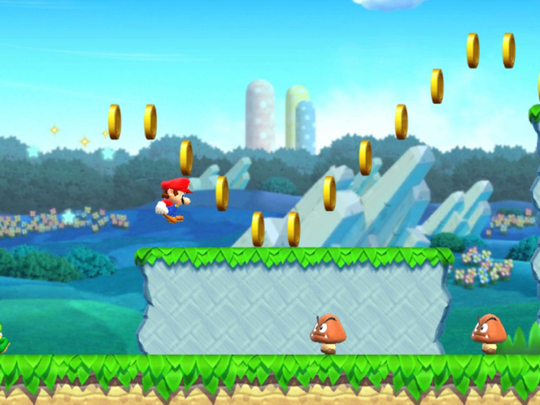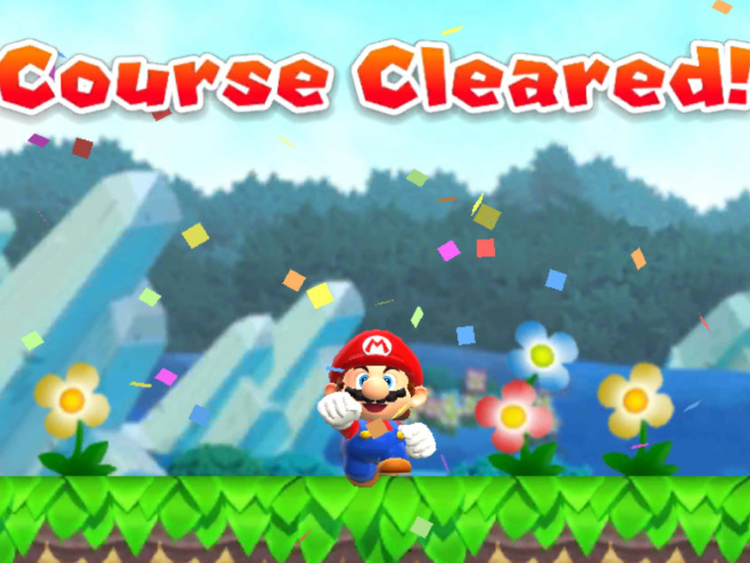
There aren’t many games that were as influential on the industry as a whole as the original Super Mario Bros, and unlike some of its similarly influential peers, it’s still fun to play over 31 years after it was released.
Putting Mario on the cover of a game is still a sure way to ensure massive sales, and it’s always been a system seller for Nintendo — you had to own the most recent Nintendo hardware to play the latest Mario game.
But now Mario, famous for jumping over plumber-eating plants and onto the backs of vicious turtles, has made the leap to non-Nintendo hardware in the form of Super Mario Run.
The iOS version of Run was released at the end of last year, and now it’s finally available for Android devices as well.
The announcement that Nintendo planned to release games on hardware other than its own created a huge sense of anticipation, but also one of trepidation. First-party Nintendo games, especially those in the Mario and Legend of Zelda franchises, have always seemed to have some alchemical relationship with the hardware it ran on. Yes, other hardware manufacturers also had their exclusives; but you always knew that they’d probably be just as good if they were released on the competition’s machine. The software never seemed as fundamentally married to the hardware as Nintendo’s did.
Would it be possible to retain the magic of Mario games on generic hardware that wasn’t even primarily built with gaming in mind?
Mostly not, is the answer.
Run takes the form of an auto-running platformer, which means that you don’t have to give any input to make your character (in this case Mario) run. While you were completely in charge of Mario’s movement in Super Mario Bros, in this game he is always just running towards the right side of your screen. It’s a gutting of part of the core Mario experience that is unavoidable when using a touch-screen interface, but knowing this doesn’t make it an easier pill to swallow.
With running taken care of, you’re left in control of Mario’s jumping. The developers probably deserve some kind of award for how well the jumping is implemented. The jumping physics has always been an integral part of what makes a Mario game a Mario game, and Run nails it. Successfully adapting adapting a mechanic designed for a proper controller’s buttons for touch screens that give no tactile feedback is quite an impressive feat.
The graphics are colourful and unmistakably Nintendo, and the level design is good.
There are plenty of gold coins to collect, as well as five special pink coins in each level. Your goal is to complete each level in the shortest time possible, while collecting as many coins as you can.
Beyond the main “World Tour” mode, which sees you run through potentially 24 levels, there’s also Toad Rally, a time-attack mode in which you try to beat other players’ run-throughs of a specific level.
You can also build your own “Mushroom Kingdom” using the collectibles you unlock in the other modes.
I said “potentially 24”, because first world, consisting of four levels, can be played for free. If you want access to the other five worlds, also each containing four levels, you’ll have to buy the game.
Run deserves praise for eschewing micro-payments and unlocking everything with one payment, and the full version is cheap, but the majority of players aren’t going to feel compelled to upgrade.
There’s fun to be had in Super Mario Run, and the DNA of its illustrious forebears is definitely present. But in its own way, this game is more of an unintended advertisement for Nintendo’s hardware than anything else.
Mario on Nintendo Switch, where are you?
Score: 6/10
Platform: iOS, Android










